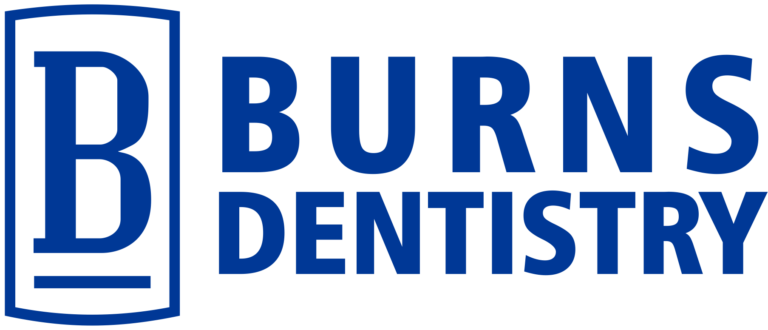Is early gum disease reversible?
Is Early Gum Disease Reversible?
Are you concerned that you might have gum disease? Also known as “periodontal disease,” gum disease occurs when the gums and the bone supporting the teeth become inflamed and infected, often due to the buildup of plaque, tartar, and bacteria that can result from poor oral hygiene. Below, we explore how gum disease is staged—as well as the symptoms that accompany each stage—and we also discuss whether early gum disease can be reversed.
The Stages of Gum Disease
Gum disease is a progressive condition that typically worsens over time if left untreated. If a dentist determines that you have gum disease, they’ll likely categorize it into one of the following four stages:
- Gingivitis– Commonly referred to as “early gum disease,” gingivitis can cause your gums to redden, swell, and bleed when you brush or floss your teeth. You may also experience chronic bad breath and find it painful to chew.
- Mild periodontitis– When gum disease progresses to this stage, it can cause your gums to pull away from your teeth and form pockets.
- Moderate periodontitis– Once gum disease reaches this stage, it can cause your bone, ligaments, and soft tissues to start eroding. One of the hallmark signs of moderate periodontitis is pus along the gum line.
- Advanced periodontitis– This is the most severe form of gum disease. If you’ve reached this stage, you are at risk of having your teeth loosen and fall out.
Can Early-Stage Gum Disease Be Reversed?
Yes, gingivitis is reversible so long as it’s properly diagnosed and treated before it progresses to periodontitis. However, once gingivitis advances to periodontitis, it can no longer be reversed (although treatment may help manage symptoms and slow the disease’s progression).
How to Reverse Early Gum Disease
If you suspect that you might have gingivitis, it’s important that you promptly schedule an appointment with an experienced dentist. After speaking with you about your symptoms and performing a thorough examination, they’ll determine whether you have early gum disease (you may also need to undergo X-rays to ascertain whether your jawbone has started eroding, which could indicate that your gum disease has advanced beyond the mildest stage). If your dentist diagnoses you with gingivitis, they’ll likely recommend that you undergo a professional cleaning.
Once you’ve received treatment for early gum disease, you’ll need to take steps to prevent it from returning. Your dentist can provide you with customized instructions, but generally speaking, you should:
- Routinely brush and floss your teeth (the American Dental Association recommends brushing twice and flossing once each day)
- Use an antimicrobial mouthwash
- Regularly attend professional dental cleanings
- Consume a nutritious diet that’s low in sugar
If you smoke or chew tobacco, you should try to quit, as both habits can increase your chances of developing gingivitis. And if you have any dental restorations that are rough or don’t fit properly—for example, crowns or bridges—you may want to ask your dentist about correcting them.
Are You Seeing Early Signs of Gum Disease?
If you’re experiencing any of the early gum disease symptoms described above, you can entrust your care to the experts at Burns Dentistry. We proudly offer gingivitis treatment—along with various other general and cosmetic dentistry services—at our dental clinics in Sun City, Sun City West, and Litchfield Park. Contact us today to schedule a free initial consultation at the office nearest you.

